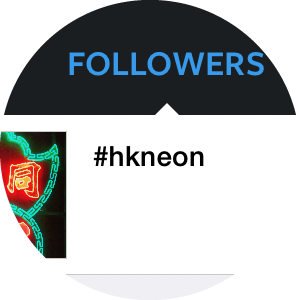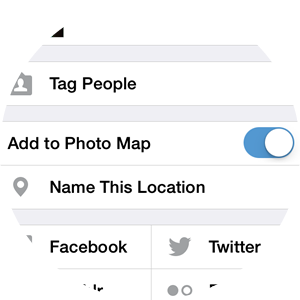A neon sign starts and ends with a line—or more specifically, a gas-filled tube of glass, heated and bent by a skilled craftsman, and set aglow by an electrical charge. Once illuminated, the line transforms: It mimics and abstracts, glows and flickers, and implores and distracts. Its symbols, signs and texts articulate a live-wired language of the modern city.
With a mandate spanning visual art, design and architecture, and moving image, M+ has begun acquiring examples of otherwise-threatened neon signs from Hong Kong’s streetscapes. The intention draws less from sentimentality—though the nostalgic power of these fast-disappearing urban fixtures is both undeniable and consequential—than a recognition that neon signs present a compelling case study for a multidisciplinary museum, rooted in the neon city of Hong Kong, whose overarching theme is “visual culture.”
The intention draws less from sentimentality… than a recognition that neon signs present a compelling case study for a multidisciplinary museum, rooted in the neon city of Hong Kong, whose overarching theme is “visual culture.”
Simply put, visual culture pulls from an array of disciplines to encompass the mediation of information, images and meanings culled from the visual landscape. In the context of Hong Kong, neon signs are thus especially hard to ignore. In their own right, they play the communicative role of typography, illustration and graphic design, being as enabled and constrained by their technological medium as the book is by the printing press, or a digital design is by its software. That their authorship is usually unknown is deceptive—they are, in fact, the product of real-life creators, intentions and processes—but also increasingly irrelevant in an age when authorship is becoming ever blurrier via the vehicles of visual culture itself (think of the internet). And of course, through their appropriation in photography, visual art, cinema and so on, neon signs have come to embody and represent a breadth of modernity’s contradictions: the glamour and grit, the confidence and fragility, the mass spectacle, and the alienation that lurks beneath. Neon signs both assign meanings and assume them; in this way, they inhabit the most fertile realm of visual culture, at the osmotic interface between medium, message and viewer.
Neon signs both assign meanings and assume them; in this way, they inhabit the most fertile realm of visual culture, at the osmotic interface between medium, message and viewer.
While neon signs offered a seductive visual vocabulary for the 20th century, in the 21st, they and the skills that produced them are being supplanted by LED and other, newer technologies. It might seem ironic that this project, dedicated to neon signs, resides on one of the mediums that’s replacing them: a digital screen. However, as a craft born of industry, there has always been something inherently anachronistic about neon, and perhaps it’s fitting that it’s as an anachronism that neon signs might live on.

